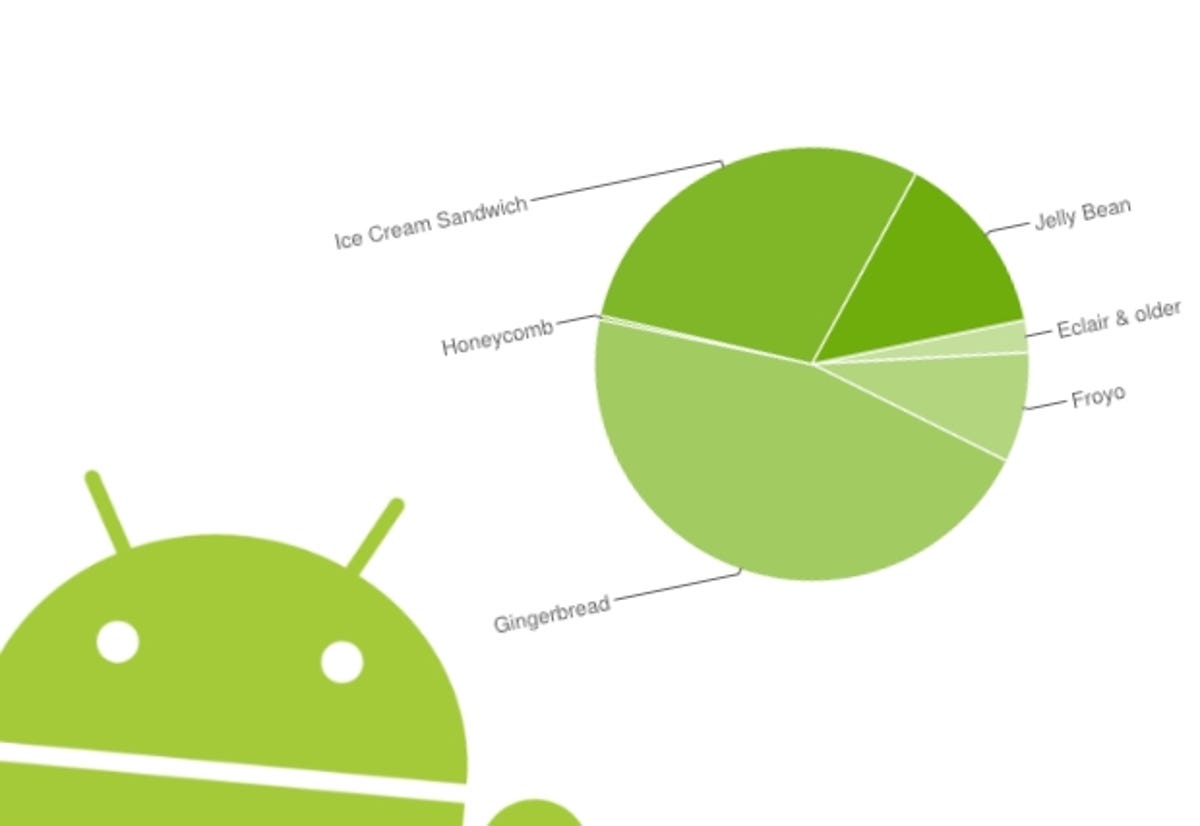
Spurred on by the popularity of the best-selling Samsung Galaxy S3 and the bargain-tastic Google Nexus 4, Jelly Bean is now on nearly one in seven of all Android phones and tablets.
The latest version of Android, Jelly Bean is used by 13.6 per cent of all Android phones and tablets, according to Google’s latest figures. That’s a steady increase from 10 per cent a month ago and 7 per cent back in December, and includes both 4.1 and 4.2 variants.
Jelly Bean was announced in June 2012 and made its debut a month later on the Google Nexus 7 tablet, with a minor update to 4.2 with the launch of the Nexus 4 (itself on just 1.4 per cent of devices). It’s due to be superseded this year by Key Lime Pie — but can Google do anything to get the new update out to phones faster?
Google reveals these numbers in regular updates, calculated by looking at the phones and tablets connecting to the Google Play online store in the last two weeks.
Previous version Ice Cream Sandwich seems to be holding steady, meanwhile. It’s now on 29 per cent of Android phones, a number barely changing since reaching 25 per cent back in November last year.
But the vast majority — nearly half, in fact — of Android devices still use Gingerbread, two generations back (if you don’t count Honeycomb, which was only on a handful of tablets). The differences are down to the vast array of Android hardware, with different screen sizes, processors and other gubbins making it hard to offer a standard experience.
For more on Android updates, check out our handy guide to all the versions of Android and their features. Our how-to section includes tonnes of advice on upgrading your Android phone’s software.
What version are you on? Should Google try and offer a standard software experience, like Apple? Update your thoughts in the comments or on our cutting-edge Facebook page.



